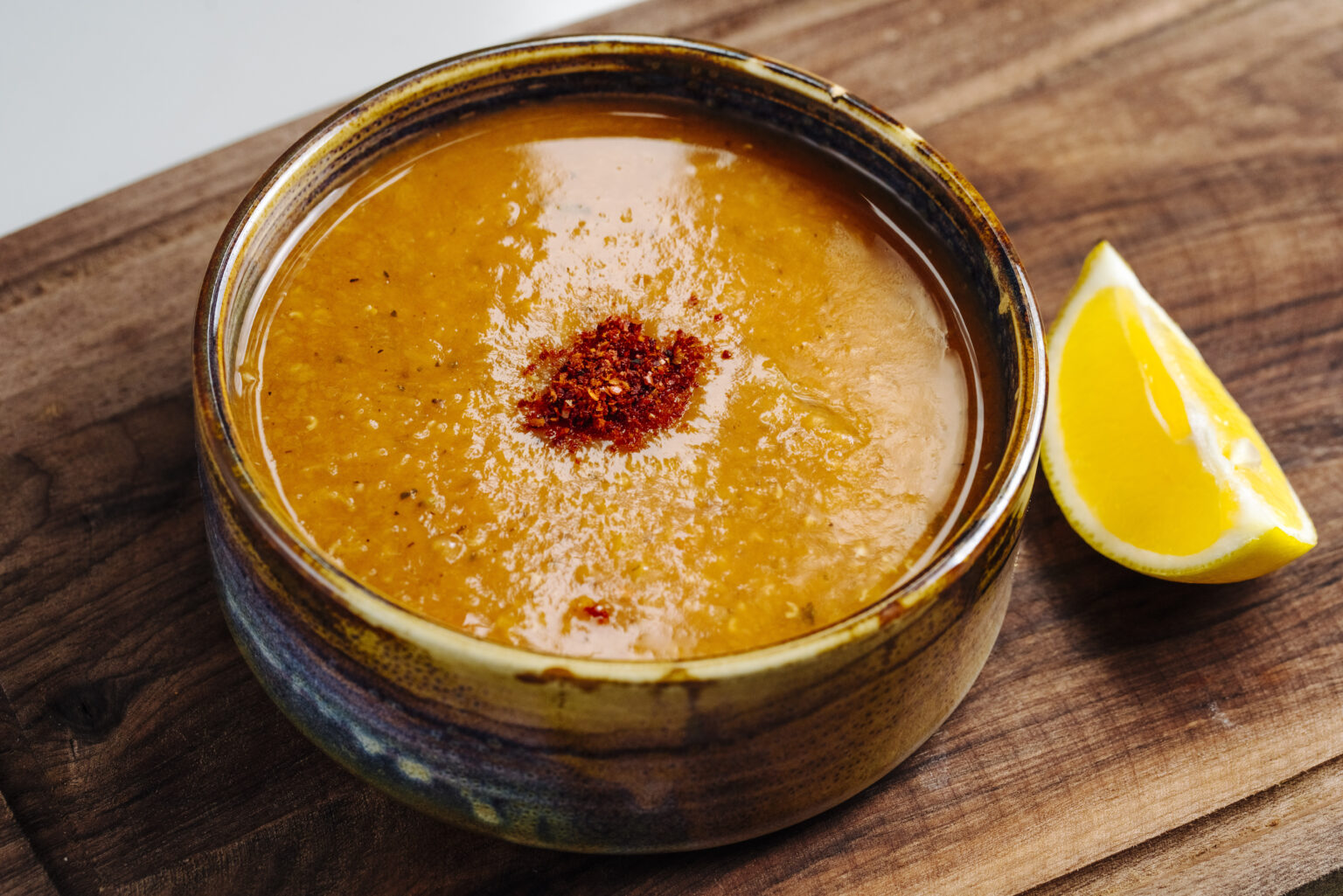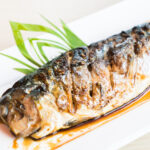Equatorial Guinea, a small country located on the west coast of Central Africa, boasts a rich cultural heritage and a diverse culinary landscape. Influenced by indigenous traditions, Spanish, and West African flavors, Equatorial Guinean cuisine offers a unique fusion of ingredients and cooking techniques. In this article, we will delve into the top 10 most eaten foods in Equatorial Guinea, showcasing the country’s culinary delights and inviting you to embark on a gastronomic journey.
- Ndole:
Ndole is a popular dish in Equatorial Guinea, as well as in neighboring Cameroon. It is a rich and hearty stew made with bitter leaf greens, groundnuts (peanuts), and spices. Often prepared with fish or meat, such as beef or chicken, ndole is typically served with plantains or fufu, a starchy staple made from yam, cassava, or plantain.
- Pounded Yam and Egusi Soup:
Pounded yam, a staple food in Equatorial Guinea, is made by boiling yam tubers and then pounding them into a smooth, stretchy dough. It is commonly enjoyed with egusi soup, which is prepared using ground melon seeds, vegetables, and various seasonings. The combination of pounded yam and egusi soup creates a satisfying and filling meal.
- Akwadu:
Akwadu is a popular fish dish that showcases the abundance of fresh seafood in Equatorial Guinea. Fish, typically catfish or tilapia, is marinated in a flavorful blend of spices and herbs before being grilled or fried. It is often served with plantains, rice, or cassava.
- Boli:
Boli, or roasted plantains, is a beloved street food in Equatorial Guinea. Ripe plantains are grilled or roasted until they become soft and caramelized. Boli is often served with a side of spicy peanut sauce, creating a perfect balance of sweetness and heat.
- Mboa-Mboa:
Mboa-Mboa is a traditional Equatorial Guinean dish that consists of ground peanuts cooked with tomatoes, onions, and spices. The mixture is then combined with chicken or beef and simmered until tender. Mboa-Mboa is typically served with rice or fufu, offering a hearty and flavorful meal.
- Saka-Saka:
Saka-Saka is a popular vegetable dish in Equatorial Guinea, commonly prepared with cassava leaves. The leaves are finely chopped and cooked with various ingredients such as fish, meat, palm oil, and spices. Saka-Saka is often enjoyed with fufu or rice, providing a nutritious and satisfying dining experience.
- Eru:
Eru is another delicious vegetable dish that is widely consumed in Equatorial Guinea. It is made from the leaves of the eru or okok plant, which is similar to the African wild vine. The leaves are cooked with ingredients such as palm oil, smoked fish, crayfish, and spices to create a flavorful and aromatic stew. Eru is typically served with fufu or boiled plantains.
- Choco:
Choco is a traditional Equatorial Guinean dish that highlights the country’s culinary ties to Spain. It is a hearty soup made with chicken or fish, vegetables, tomatoes, and spices. Choco is often thickened with groundnuts and served with rice or fufu, offering a comforting and flavorful meal.
- Sipopo Salad:
Sipopo salad is a refreshing Equatorial Guinean salad made with avocado, tomatoes, onions, and lettuce. It is dressed with lime juice, olive oil, and a sprinkle of salt and pepper. Sipopo salad is a popular side dish or appetizer that complements many main courses.
- Malamba:
Malamba is a traditional Equatorial Guinean dessert made from palm wine or palm juice. It is cooked down until it thickens and becomes syrupy, resulting in a sweet and caramel-like consistency. Malamba is often drizzled over ripe plantains or served as a dipping sauce for fried pastries.
Equatorial Guinea’s cuisine is a reflection of its cultural diversity and natural resources. From the hearty ndole and pounded yam with egusi soup to the flavorful akwadu and refreshing sipopo salad, the top 10 most eaten foods in Equatorial Guinea offer a tantalizing glimpse into the country’s culinary treasures. Whether you are exploring the vibrant street food scene or savoring traditional dishes, the flavors of Equatorial Guinea will undoubtedly leave a lasting impression on your taste buds.








